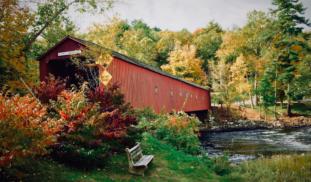45
0
0
Like?
Please wait...
About This Project
The role of the school principal has long been positively associated with student achievement. In rural areas in the U.S. retention of principals is a documented issue. I would like to conduct a study that deeply examines geographic and community context as potential influences on the leadership practices for rural principals. Knowledge gained from this study will provide critical guidance for developing principal preparation and retention programs.

Browse Other Projects on Experiment
Related Projects
Unveiling Desires: Exploring BIPOC BDSM Preferences
"Unveiling Desires'' explores BIPOC fetishistic desires using a unique dataset from voluntary fetish surveys...
Can we empower science students with communication skills by eliminating the barriers of time and expertise?
Science professors generally don't have the time or expertise to teach cross-cutting skills like communication...
Can zoos bring us together?
Have zoos inspired their 180 million annual visitors to get involved and make choices everyday to conserve...

